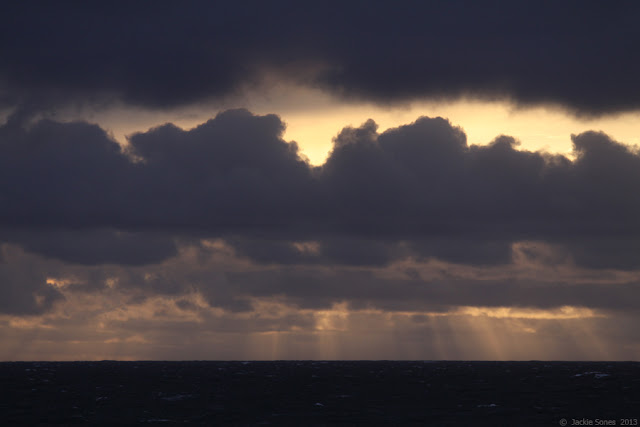Scoliopus bigelovii is a member of the Lily Family. It has an unusual common name —
Fetid Adder's Tongue.
"Fetid" because it has a disagreeable odor (to attract fungus gnats to pollinate its flowers). At this time I'm not quite sure about the origin of "Adder's Tongue." [An adder is a type of snake.] One source said it had to do with the appearance of the leaves. The oblong leaves with prominent veins and dark purple mottling will remain visible long after the flowers have disappeared. But other sources mentioned different ideas about why it might be called Adder's Tongue, so I'll have to do more research. If you can provide some insight about the true origin of the name, I'd love to know more!
Here's another view looking down at a plant, showing a flower at the tip of a long stalk (pedicel) emerging from between the leaves.
The image below shows the flower from the side. It's a good view of the different parts of the flower. First look at the broad white ribbon-like structures with dark parallel stripes —
although they look like petals, these are called sepals. It might seem surprising, but the three slender, upright structures with dark purple tips are the petals.
You can also see the male and female reproductive parts. In the center look for the green structure with downward curving branches —
this is the style (female part) that along with the ovary will eventually become a capsule that contains the seeds. Lower down at the bases of the sepals look for the rounded lavender and green structures that look a bit inflated. These are the stamens (male parts) that will release pollen. I think you can see some pollen on them (and on the sepals) in the photo below.
Fetid Adder's Tongue is sometimes called Slinkpod. This name comes from the way the flower stalk twists and droops until the seed pod touches the ground (see below).
Fetid Adder's Tongue flowers early in the season, so look for it now in coastal coniferous forests, along mossy stream banks, and on shaded slopes. It hasn't been recorded on Bodega Head, but it's nearby. These photos were taken in Occidental on 28 February 2013.
P.S. Okay, I know it's not a snake, but until I can find a real snake in 2013, I'm hoping Fetid Adder's Tongue might be an acceptable candidate for celebrating the Year of the Snake!

















































